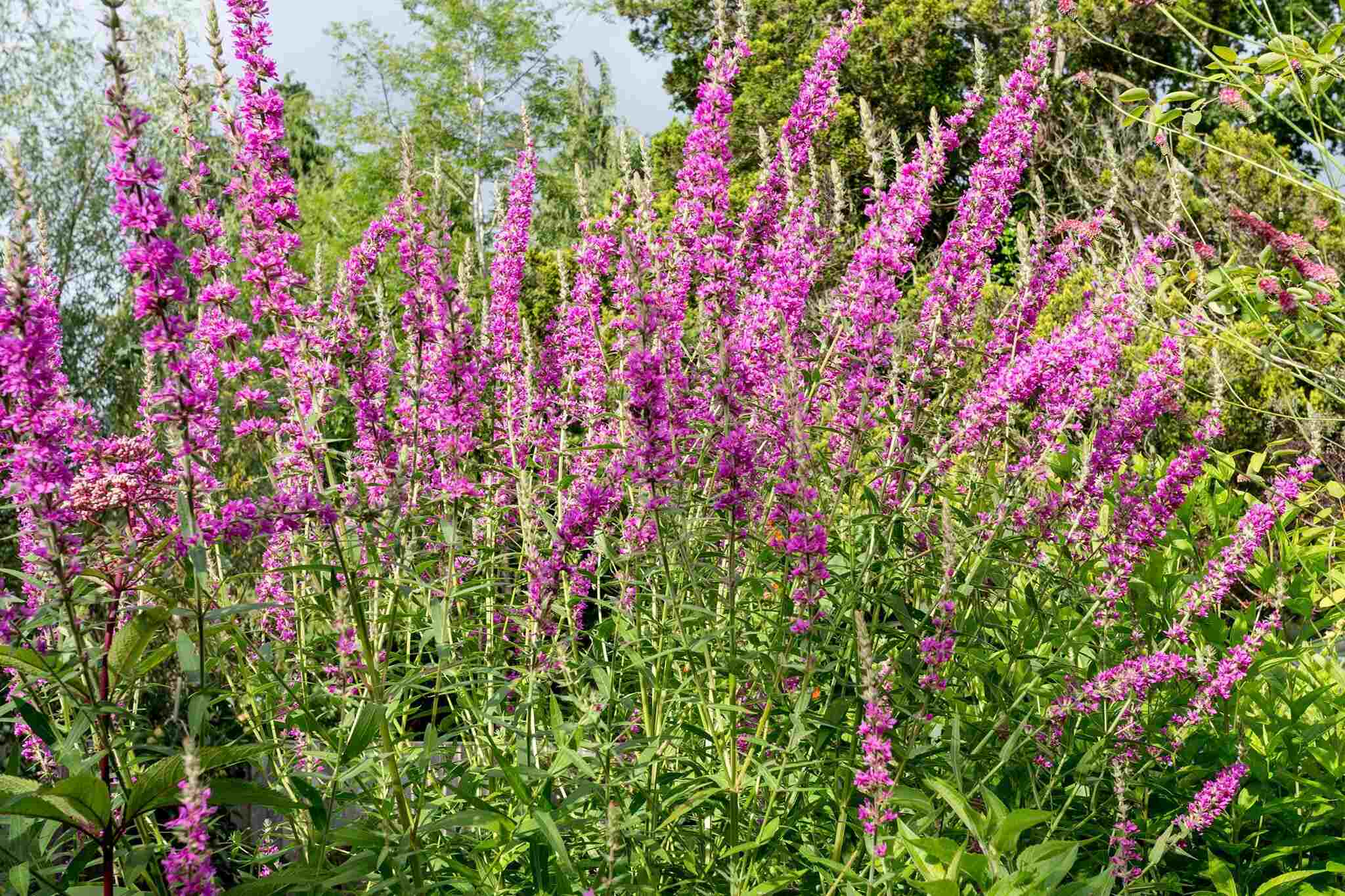
Loosestrife is a fascinating plant with a rich history and diverse characteristics. Ever wondered what makes this plant so special? Loosestrife belongs to the Lythraceae family and includes species like the purple loosestrife and yellow loosestrife. These plants are known for their vibrant flowers and ability to thrive in wetland areas. However, not all loosestrife species are welcomed with open arms. Some, like the purple loosestrife, are considered invasive in certain regions, causing ecological concerns. Despite this, loosestrife has been used in traditional medicine and even as a natural dye. Ready to learn more? Let's dive into 27 intriguing facts about loosestrife that will leave you amazed!
What is Loosestrife?
Loosestrife is a fascinating plant genus that includes various species known for their vibrant flowers and ecological impact. These plants can be found in different environments, from wetlands to gardens. Let's dive into some intriguing facts about loosestrife.
Varieties of Loosestrife
Loosestrife isn't just one plant but a collection of species with unique characteristics.
- Purple Loosestrife: This species is known for its striking purple flowers and is often found in wetlands. It can grow up to 2 meters tall.
- Yellow Loosestrife: Unlike its purple cousin, this species has bright yellow flowers and prefers drier habitats.
- Fringed Loosestrife: This type has fringed petals and is often found in North American wetlands.
- Gooseneck Loosestrife: Named for its curved flower spikes that resemble a goose's neck, this species is popular in gardens.
Ecological Impact
Loosestrife can have significant effects on its environment, both positive and negative.
- Invasive Species: Purple loosestrife is considered invasive in North America, where it can outcompete native plants.
- Habitat for Wildlife: Despite being invasive, loosestrife provides habitat for various insects and birds.
- Erosion Control: Some loosestrife species help stabilize soil and prevent erosion.
- Pollinator Attraction: The flowers attract bees, butterflies, and other pollinators, aiding in the ecosystem's health.
Historical Uses
Loosestrife has been used by humans for various purposes throughout history.
- Medicinal Uses: Ancient Greeks used loosestrife to treat wounds and digestive issues.
- Dye Production: Some species were used to produce natural dyes for fabrics.
- Culinary Uses: In some cultures, loosestrife leaves were used as a vegetable.
- Rituals and Traditions: Loosestrife was often included in traditional rituals and ceremonies for its supposed protective properties.
Cultivation and Care
Growing loosestrife can be rewarding, but it requires some knowledge and effort.
- Soil Preferences: Loosestrife thrives in moist, well-drained soil but can adapt to various conditions.
- Sunlight Requirements: Most species prefer full sun but can tolerate partial shade.
- Watering Needs: Regular watering is essential, especially during dry periods.
- Pruning and Maintenance: Pruning helps control growth and encourages more blooms.
Interesting Facts
Here are some quirky and lesser-known facts about loosestrife.
- Name Origin: The name "loosestrife" comes from the Greek word "lysimachia," which means "to loosen strife."
- Symbolism: In the language of flowers, loosestrife symbolizes peace and calm.
- Longevity: Some loosestrife plants can live for over 20 years.
- Hybridization: Loosestrife species can hybridize, creating new and unique varieties.
- Seed Production: A single purple loosestrife plant can produce up to 2.7 million seeds annually.
- Adaptability: Loosestrife can adapt to various climates, from temperate to subtropical regions.
- Resilience: These plants are highly resilient and can recover quickly from damage.
Conservation Efforts
Efforts are being made to manage loosestrife populations and protect native ecosystems.
- Biological Control: Introducing natural predators like beetles has been effective in controlling purple loosestrife.
- Public Awareness: Educating the public about the impact of invasive species helps in conservation efforts.
- Restoration Projects: Many wetlands are being restored by removing invasive loosestrife and replanting native species.
- Research and Monitoring: Ongoing research helps understand loosestrife's impact and develop better management strategies.
Final Thoughts on Loosestrife
Loosestrife, with its vibrant colors and fascinating history, is more than just a pretty plant. Its medicinal uses, ecological impact, and cultural significance make it a subject worth exploring. While it can be a garden beauty, it’s also an invasive species in some regions, requiring careful management. Knowing these facts helps gardeners and nature enthusiasts appreciate its beauty while being mindful of its potential impact on local ecosystems. Whether you’re planting it for its aesthetic appeal or studying it for its ecological role, loosestrife offers a rich tapestry of information. Keep these facts in mind next time you encounter this intriguing plant. It’s a reminder of nature’s complexity and the balance we must maintain in our gardens and wild spaces. Happy gardening!
Was this page helpful?
Our commitment to delivering trustworthy and engaging content is at the heart of what we do. Each fact on our site is contributed by real users like you, bringing a wealth of diverse insights and information. To ensure the highest standards of accuracy and reliability, our dedicated editors meticulously review each submission. This process guarantees that the facts we share are not only fascinating but also credible. Trust in our commitment to quality and authenticity as you explore and learn with us.
